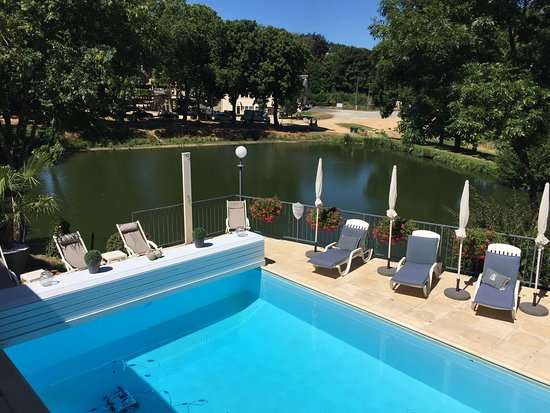Deux-Sèvres
WELCOME TO Deux-Sèvres
Entry Into Department
Niort
5,999 km2
380,701
French
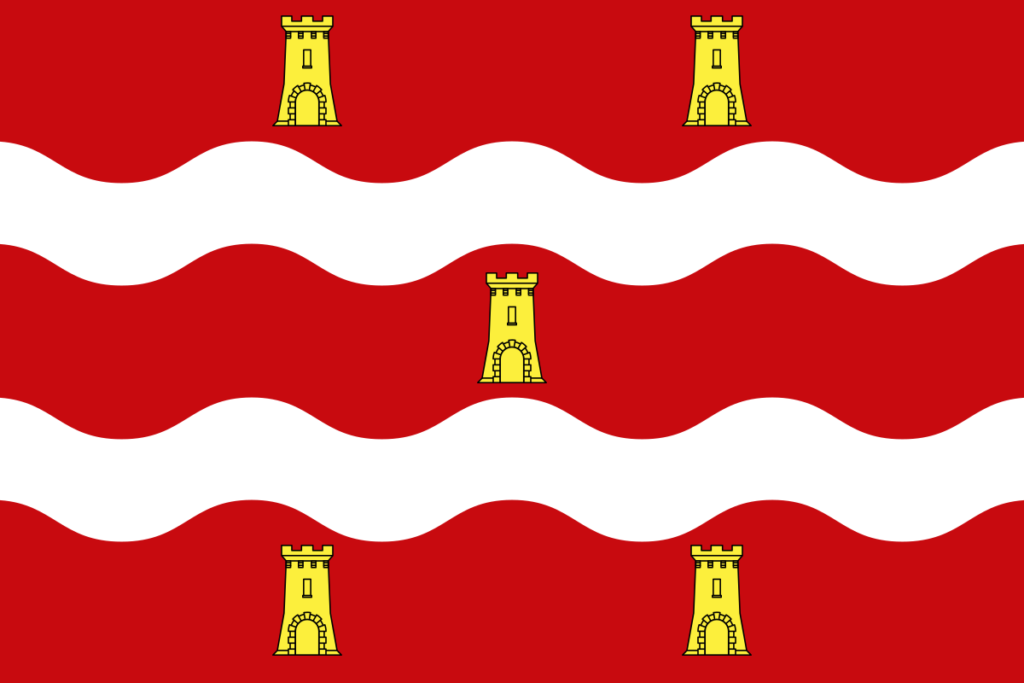
Popular
Geography and Tourist Attractions
Information about the canton's tourist attractions, including popular destinations, events, and activities.
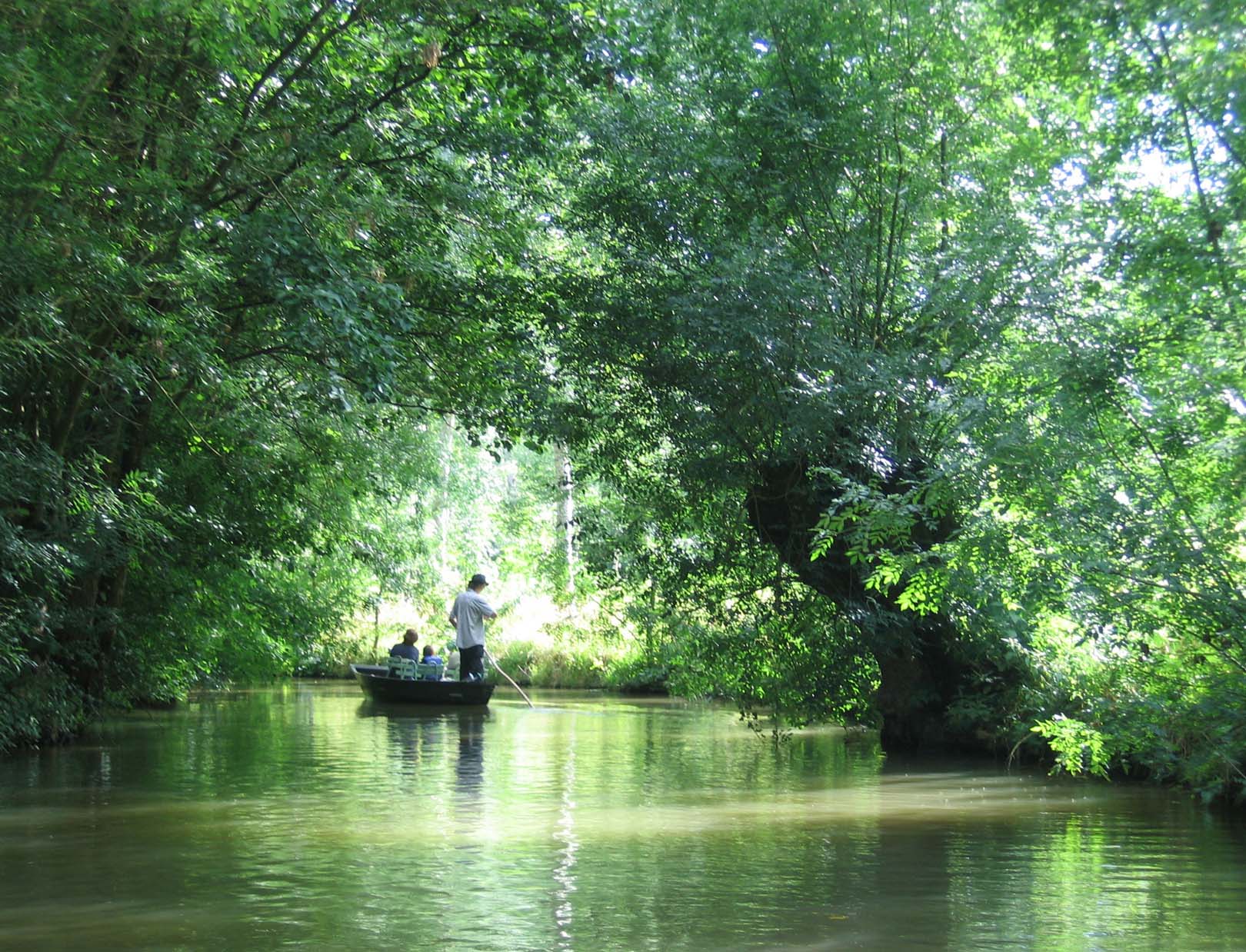
Marais Poitevin
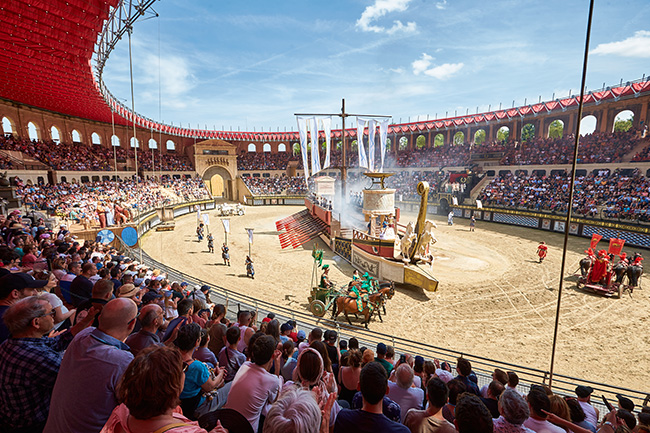
Puy du Fou
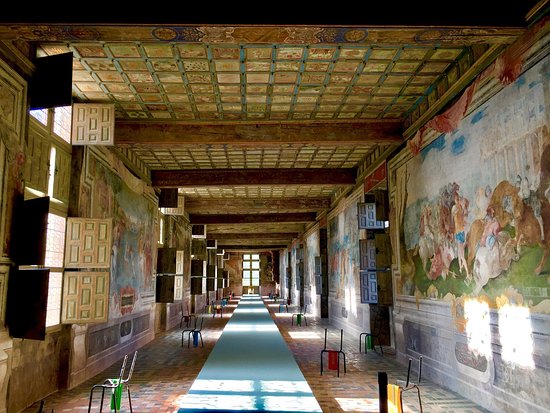
Château de Oiron
Political
Economy and Government
Deux-Sèvres, like other departments in France, is a part of a centralized system of government that is regulated by the national government in Paris. As a result, the department's economic policies are largely influenced by the policies of the French government. Agriculture is a significant part of the department's economy, and Deux-Sèvres is known for its production of wheat, corn, and sunflowers. The department is also home to a number of small and medium-sized enterprises, particularly in the food processing and manufacturing industries. However, the local economy has also been impacted by the global economic crisis, as well as the COVID-19 pandemic.
The department is actively involved in promoting economic development and job creation, with initiatives aimed at attracting new businesses and investments. The government of Deux-Sèvres provides a range of support services for entrepreneurs and start-ups, including business incubators and funding programs. The department also supports training and education programs to ensure that the local workforce has the necessary skills to compete in the global economy.
Overall, the government of Deux-Sèvres works closely with businesses and other stakeholders to promote economic growth and prosperity in the region, while also taking steps to ensure that the environment and natural resources are protected for future generations.

History
History and Culture
Deux-Sèvres, located in the western region of France, has a rich history and culture. The department is home to many historic landmarks and architectural treasures that date back to the medieval period. One of the most notable of these is the Château de Saint-Mesmin, a 12th-century castle that has been beautifully preserved and attracts many visitors each year. Another notable landmark is the Abbaye de Celles-sur-Belle, a former Benedictine monastery that has been converted into a cultural center and museum.
The department is also known for its traditional crafts and industries, including pottery, woodworking, and embroidery. Local artisans continue to produce these crafts, and visitors can purchase handmade items at markets and craft fairs throughout the year.
The culture of Deux-Sèvres is also reflected in its many festivals and celebrations, including the Fête de la Saint-Jean, a midsummer celebration that features bonfires and traditional music and dance. The department is also known for its culinary traditions, including the production of goat cheese and other dairy products, as well as its wine and cider production.
Overall, the history and culture of Deux-Sèvres are an important part of the region's identity, and are celebrated and preserved by the local community.
HOTELS
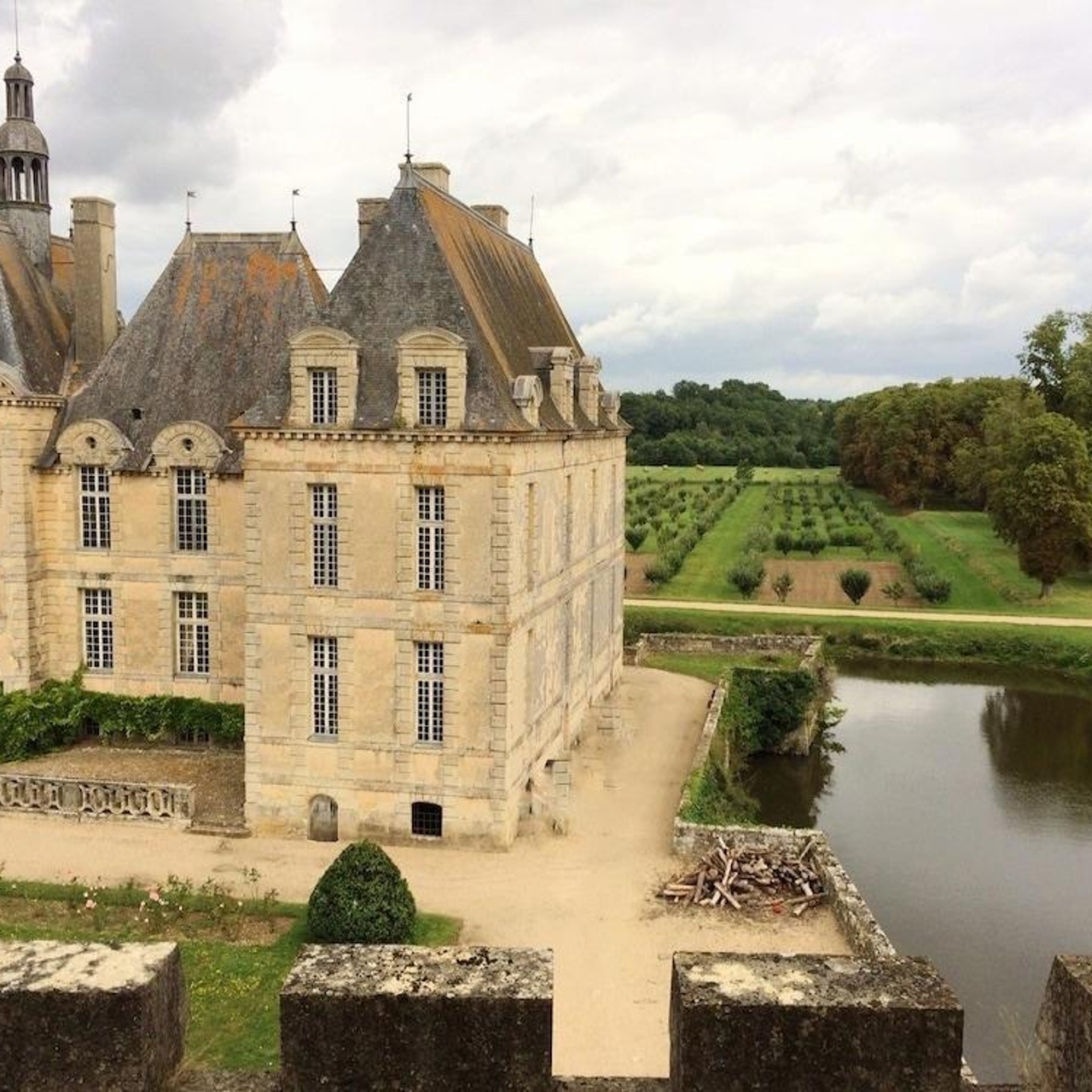
Château de Saint-Loup
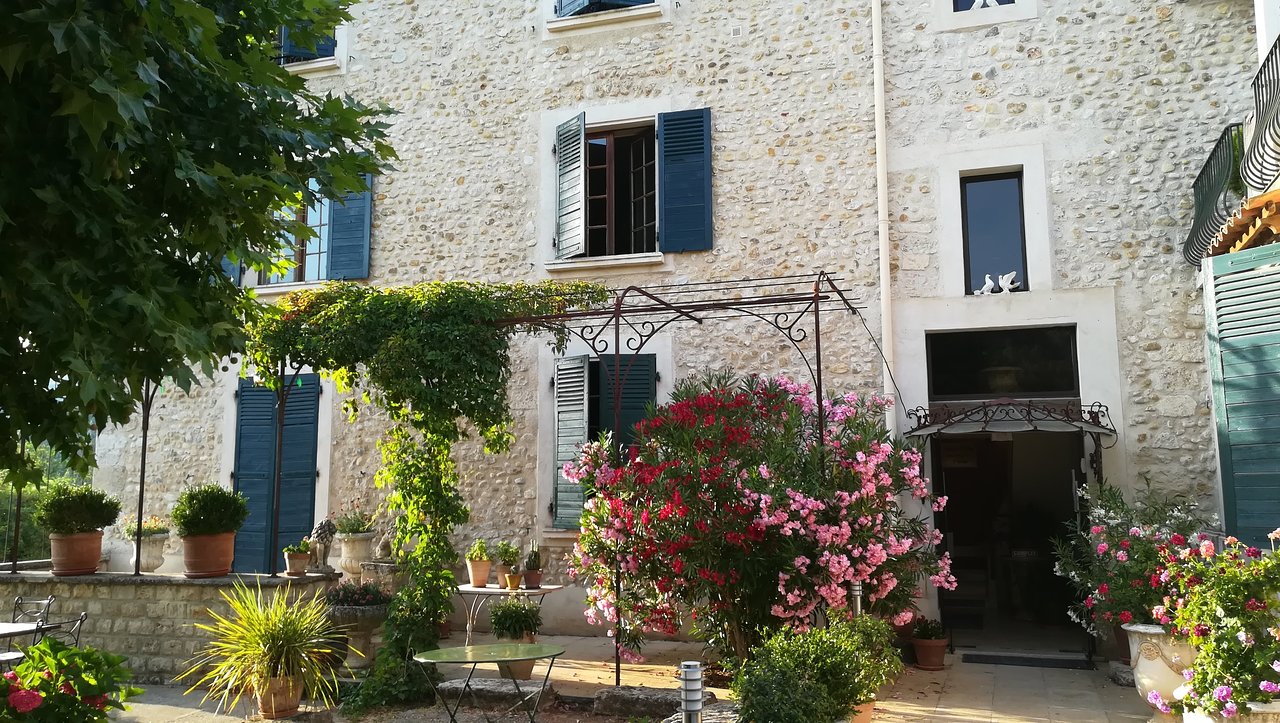
Le Moulin de la Venne
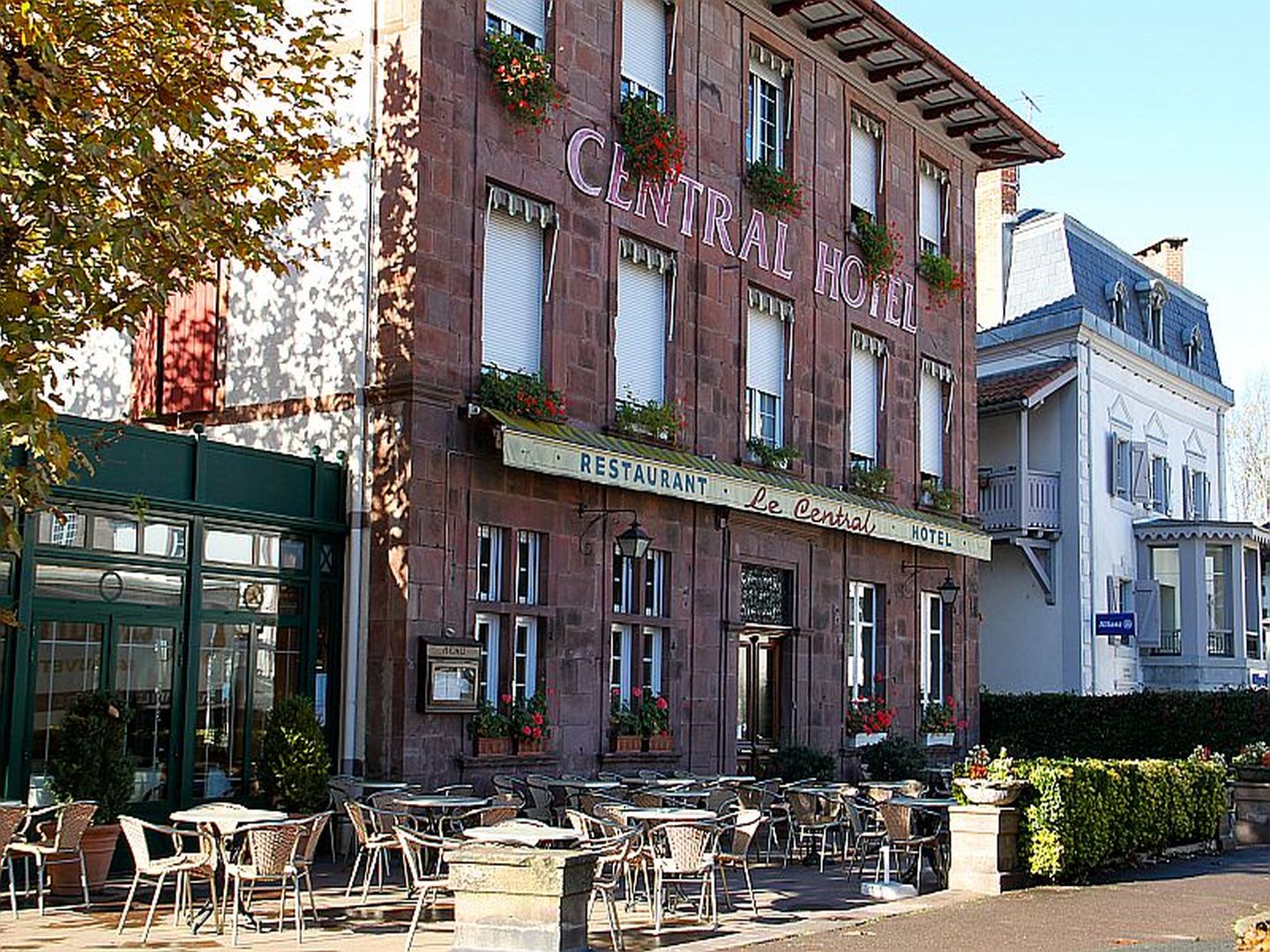
Hôtel Le Central
RESTAURANTS
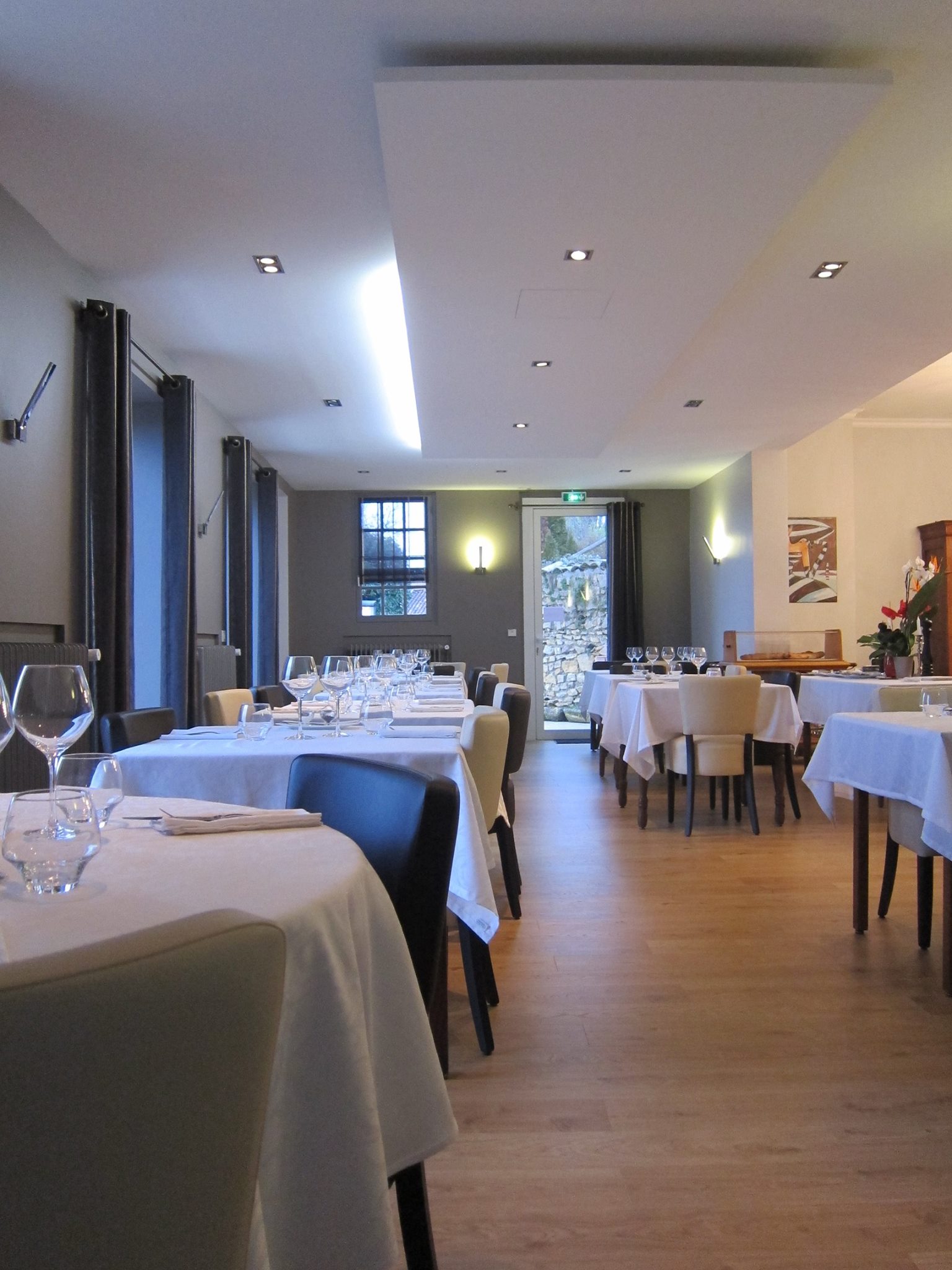
La Table du Donjon
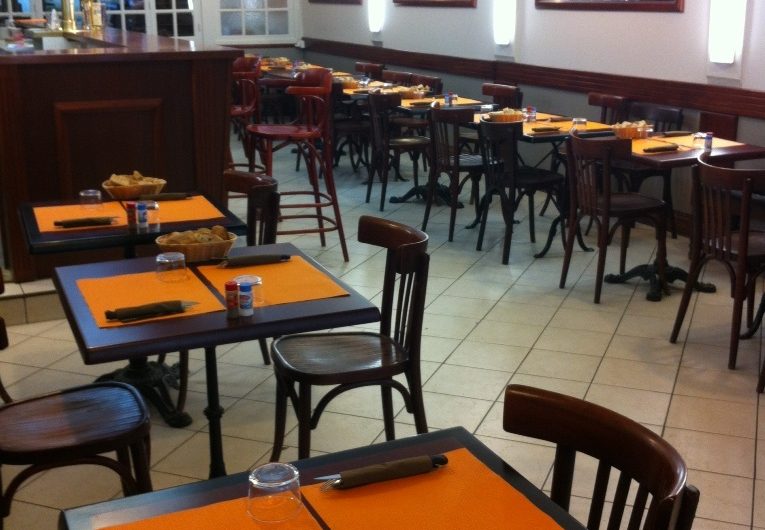
Le Bistrot de l'Arceau
